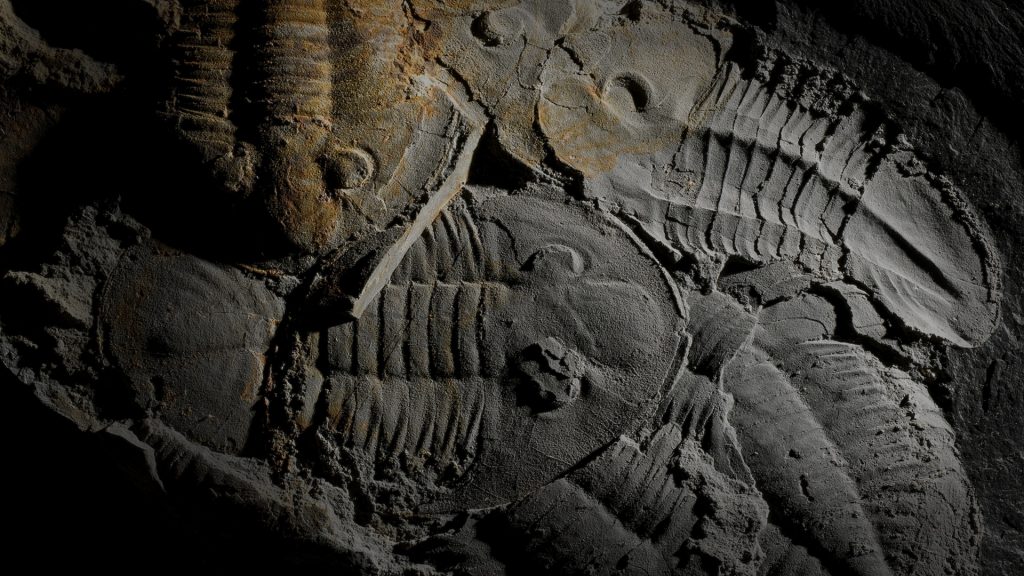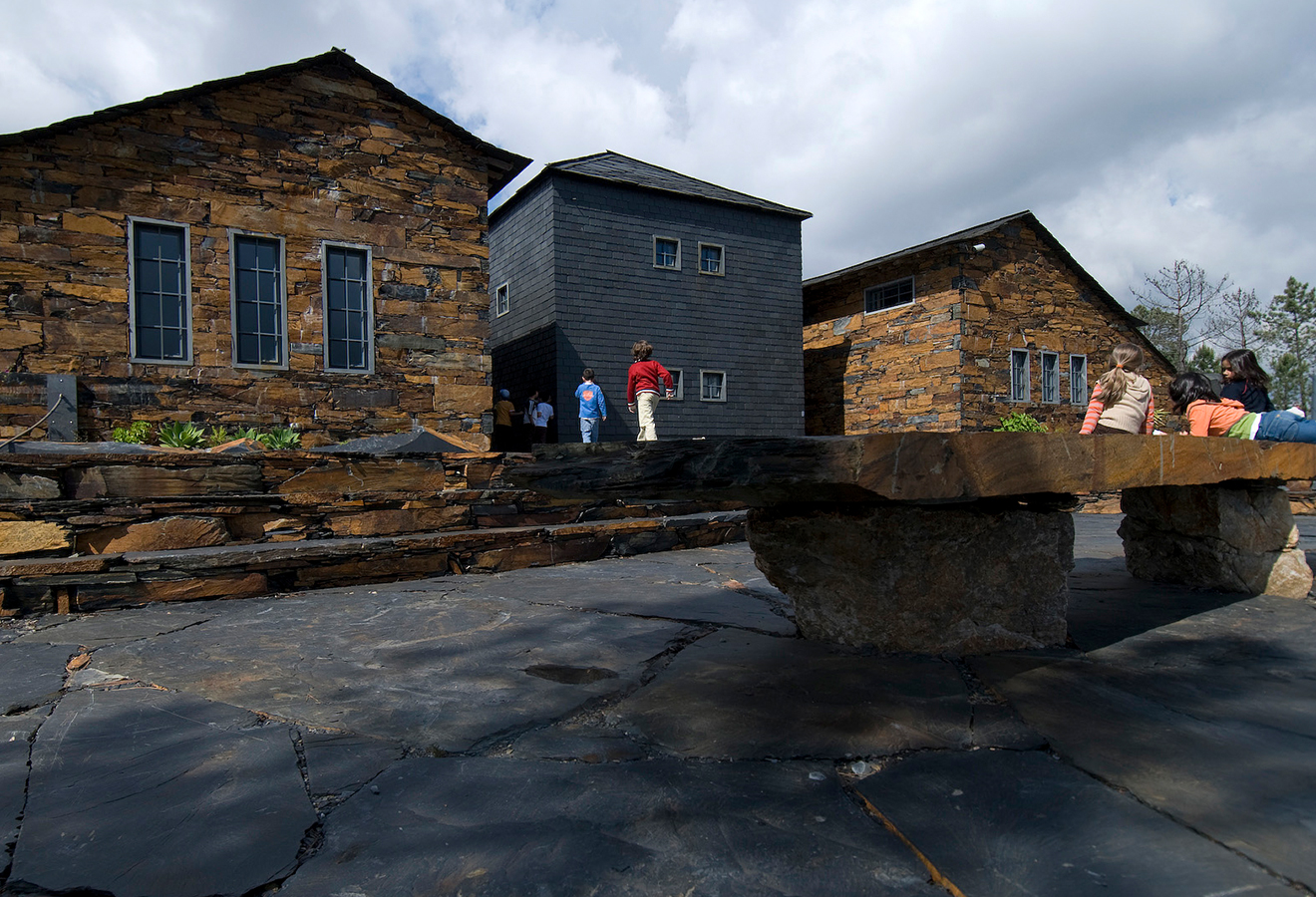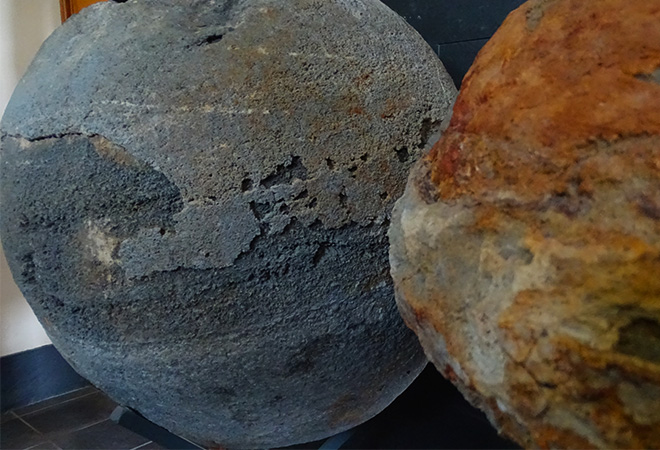CENTER OF GEOLOGICAL INTERPRETATION
The rustic shale roofs have been harmoniously blended for two centuries with the landscape from which they were born.
However, as incredible as it may sound, on the inside of their thin layers exist true “natural photos” of the animals that inhabited the seas of 500 million years ago.
Their presence at the top of the mountains that flank the Valley of Paiva is a secret of nature and life on Earth.
It is the comprehension of this enigma that we offer you in the Museum of the Giant Trilobites (Center of Geological Interpretation of Canelas-Arouca).
Even more tempting will be to see the biggest trilobite IN THE WORLD…















